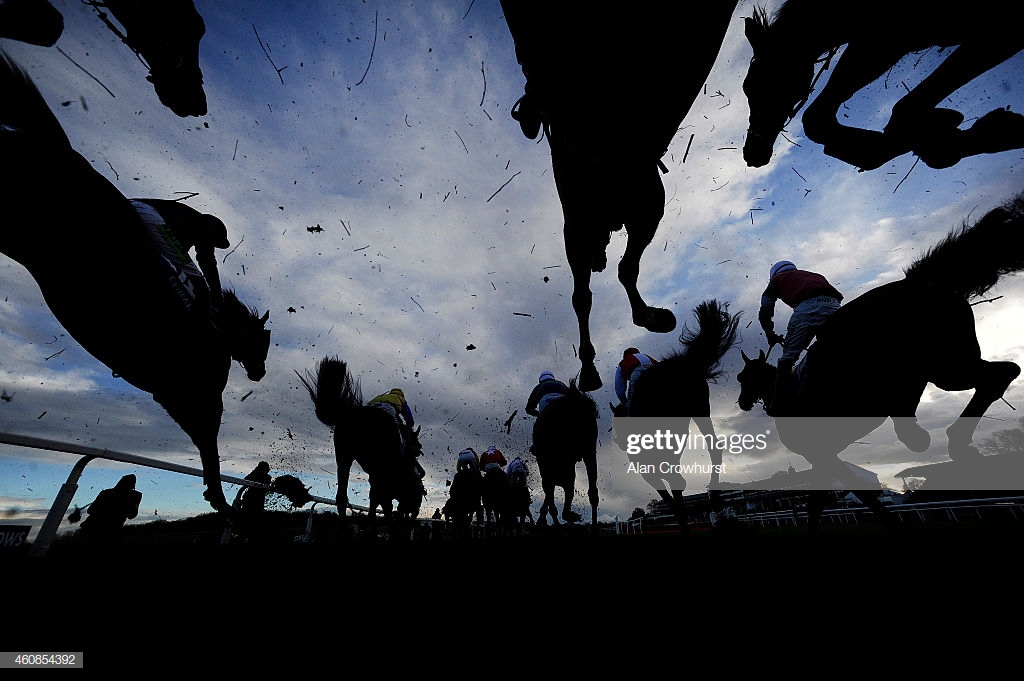Brian Lee’s book ‘The Welsh Grand National from Deerstalker to Emperor’s Choice’ is published by The History Press. Here the Dai-Sport horse racing expert offers his thoughts on a meeting which started in Cardiff during 1895.
Lester Piggott, widely regarded as the greatest jockey of all time, has strong links to Cardiff’s Ely Racecourse, which closed 80 years ago during April 1939.
Ely’s final race, the Cardiff Club Juvenile Handicap Hurdle, was won by a horse called Grasshopper.
The jockey on Grasshopper was Keith Piggott, father of Lester and a winner of the Champion Hurdle as a jockey in 1939 and the Grand National as a trainer in 1963 with Ayala.
Grand National winners Father O’Flynn, Cloister and the famed Golden Miller graced the Ely Turf and another famous horse to race there was Brown Jack.
The Welsh Grand National was staged at Ely from 1895 until 1939 and Lacatoi earned his third win by a short head in 1939.

Lacatoi had previously won in 1935 and 1937 and to this day is the only horse to have won the race three times.
Lester Piggott was born in Wantage to a family that could trace its roots as jockeys and trainers back to the 18th century.
The Piggotts were a Cheshire farming family who in the 1870s ran the Crown Inn, Nantwich for at least 40 years.
Lester’s grandfather Ernie Piggott (1878–1967) owned a racehorse stable at The Old Manor in Letcombe Regis and his father (Ernest) Keith Piggott (1904–1993) another at South Bank in Lambourn where Lester lived until 1954.
Ernie Piggott rode three Grand National Winners, in 1912, 1918 and 1919.
He was also three-times British jump racing champion jockey (1910, 1913, 1915).

Lester began racing horses from his father’s stable when he was 10 years old and won his first race in 1948, aged 12 years, on a horse called The Chase at Haydock Park.
Cardiff’s Ely Racecourse 1855 with the first race being held on May 30. By 1864 racing at Ely was a regular event and the races that year were acclaimed as ‘the most brilliant and successful ever held’.
In 1895 the first Welsh Grand National was held at Ely Racecourse. The winner was trainer Tom Cannon’s Deerstalker, ridden by George Mawson, in what was reputedly an exciting race.
Many of those, reputedly, did not pay for entry after charging the entry gates and overpowering stewards.
The 1897 Welsh Grand National attracted more than 40,000 racegoers to Ely to see the 1892 Aintree Grand National winner, Father O’Flynn, take on the legendary 1893 winner, Cloister.
It was 12-year-old Cloister, ridden by Welshman Gwyn Saunders-Davies, who emerged the winner.

During the early 1900s attendance figures began to steadily decline and the racecourse never fully recovered from a fire that destroyed the grandstand in 1937.
Horse racing in Cardiff first started in 1782 when the two mile Mansel-Talbot Cup was held in Heath Park. It would be another 70 years until the creation of a purpose-built facility – Ely Racecourse – was established on open countryside to the west of Cardiff near the River Ely and the South Wales Mainline.
Despite increasing prize money, Ely failed to attract big name jockeys and thus failed to attract capacity crowds.
In 1937 a fire swept through the grandstand, reducing the entire timber frame structure to ash in under an hour.
A temporary timber frame replacement stand was hastily erected to allow the venue to host the Easter weekend meeting. Over the next two years the council debated a number of plans to replace the grandstand, but none came to fruition.
After closure the Welsh National was relocated to Chepstow Racecourse and the weighing scales and other memorabilia were auctioned off, the racecourse buildings cleared and the land turned over for use as a public park.

Bob Sparkes, who lived in Sully, recalled standing on Ely Bridge watching the horses arrive by train.
“It was a most sight to see the horses being led out of the carriages to the racecourse stables at the back of Mill Road,” he said. “The atmosphere was electric, like a carnival or funfair.”
For many people, Ely Racecourse was more than just a place to win money or see great horses and jockeys in action.
It was a kind of open-air club, a great gathering where you met your friends and was an exciting part of growing up.
One man who spent his younger days at the track recalled: “After the racing a gang of us boys would descend on the track, collect all the empty beer bottles and take them back for the deposit money.”
The earliest race meeting in Cardiff was on Wednesday July 31, 1782.
A three-day race meeting was held at Heath Farm when the Mansel-Talbot Cup over two miles was won by Mr Pritchard’s Perdita.
The meetings proved popular and were supported by the Cardiff Corporation who donated £20 to the racing fund each year.
Flat racing came to an end on Wednesday, May 3, 1876 and racing lapsed in Cardiff for eight years.
However, racing was revived a decade later when the public’s interest was rekindled.
The National Hunt Chase Challenge Cup, over four miles and 24 fences, is now contested at the annual Cheltenham Festival during March.
In 1889 it was held at Cardiff and won by Nap, ridden by Charles Thompson.





